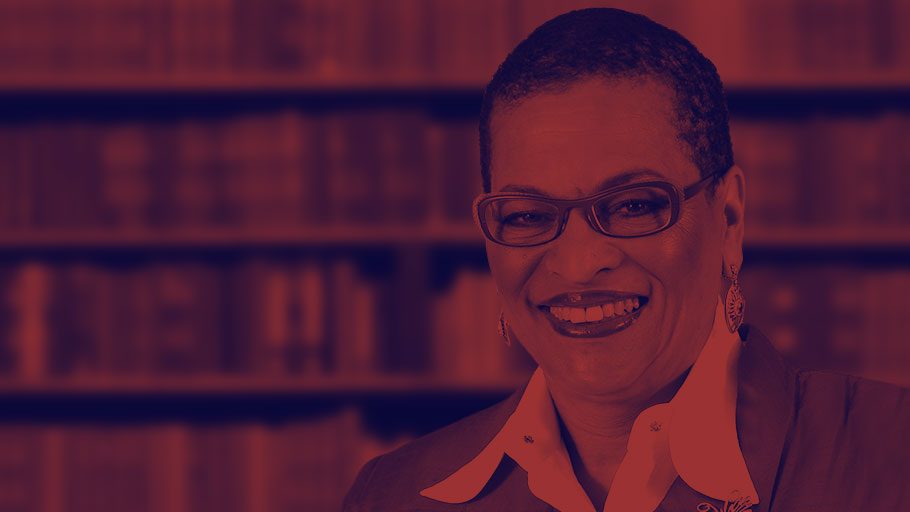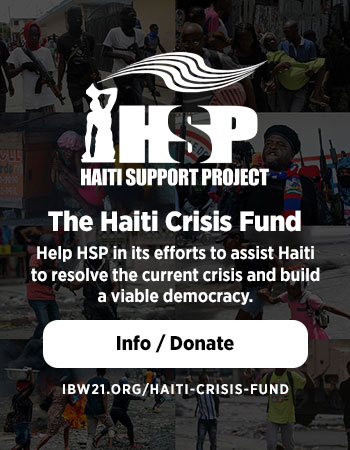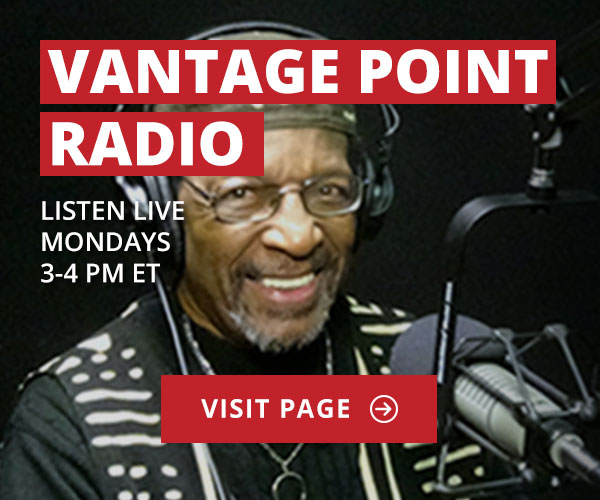The big ugly boondoggle, which our President calls The Big Beautiful Bill, is a disgusting transfer of resources from the poor to the wealthy, preserving 2017 tax cuts, cutting Medicaid and SNAP (Supplemental Nutrition Assistance program, or food stamps), imposing new work requirements for benefits, and increasing defense spending by at least thirteen percent. Kasey Kosgarian, Director of the National Priorities Project of the Institute for Policy Studies, posed our choices as “weapons and war or food and health care”. We have apparently chosen weapons and war, and apparently, the rest of us exist in peril.
Treatises can be written about the odious bill, and the many aspects that leave millions without health care and food assistance, existing with a safety net that has been maliciously shredded. We shouldn’t be surprised, since this is what was promised in Project 2025. We will pay in the long run as our future, our students, will encounter great obstacles as they attempt to prepare themselves to be economically competitive in the future.
I am especially concerned about cuts to higher education and to Pell Grants, as part of the Big Ugly. Grants for higher education attendance were part of the Higher Education Act, passed in 1965 as part of President Lyndon Johnson’s Great Society Program. The Pell grant, named after Senator Claiborne Pell (D-RI), was authorized in 1972 as a Basic Educational Opportunity Grant (BEOG), and was designed to provide grants to low-income families, as opposed to (or in addition to) the loans that formerly funded higher education.
In 1972, Pell grants covered about 75 percent of college costs, between $8,000 and $9,000 in today’s dollars. The value of the Pell has steadily eroded. In 2013, the maximum Pell was $5,645, again in today’s dollars. President Biden increased the Pell to a maximum of $7,395 for the academic year 2024. In contrast, the tuition and fees at Howard University that year was $35,810. The total cost of attendance was $58,052. Some families can pay some of the cost, but most low-income students cobble together Pell grants, loans, outside scholarships, and parental contributions. The Pell covered only a fifth of Howard University’s tuition, and just an eighth of the total cost of attendance.
The Big Ugly will make college access even more challenging. It would cut the Pell to $5,710, a 23 percent cut. It would only provide the maximum Pell grant for students who enroll in a full load of 15 credit hours per semester. Often, first-year students are advised to take a lighter load, four classes instead of five, especially if they may need time to adjust to college. I’d rather a student take a lighter load and achieve solidly than to have a student struggle with five classes.
About 40 percent of undergraduate students rely on Pell grants to get through college. The lowest among them will likely drop out. This imperils our future. How are we to compete internationally if millions of our students can’t afford higher education?
The legislation that cuts Pell grants, part of the Big Ugly, also limits or eliminates benefits to part-time and community college students. A student who is enrolled less than half-time (7.5 credits) would receive no Pell money at all. Yet, millions of students who work full-time (or part-time) and attend school part-time will lose benefits. These include working moms and dads, differently disabled students, and others who can’t manage a full-time load. At a time when employment needs demand flexibility, legislation is insisting on punitive rigidity.
The Department of Education has been so crippled by this President’s “slash and burn” approach to education that there is little input from the department around the harmful effects of these Pell changes. Who in Congress will speak up for our nation’s students?
Our young people are our future, yet we treat them like debris. In divesting from college access and attendance, we are divesting from our futures. Our international rivals are investing in education, while we are divesting. In the long run, this will give them the competitive advantage that will leave us falling even further behind than we are now. Who gains? Oligarchs! Predatory capitalists! And a President who hawks Bibles and Alligator Alcatraz instead of our robust American future.















